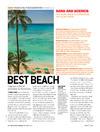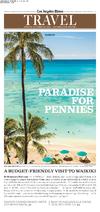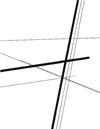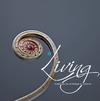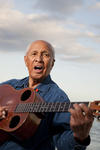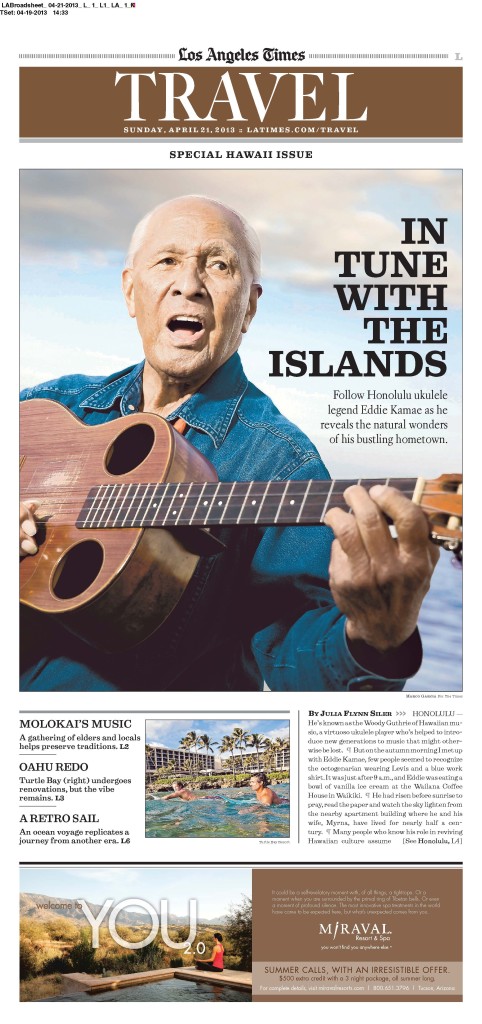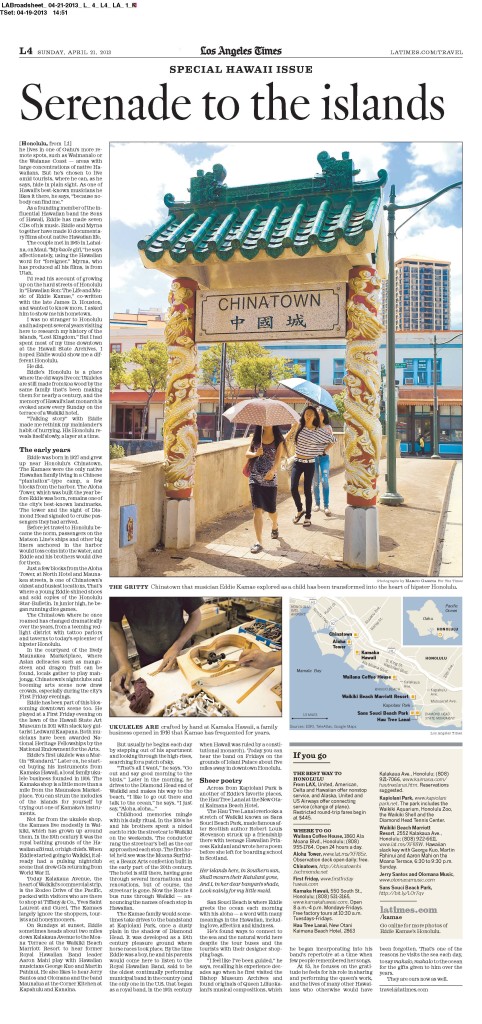In the early 1990’s, I took a design class with a professor whose name escapes me. He taught 2D Design during my freshman year at UT Austin and I found myself painting, drawing, designing and generally having a wonderful time exploring mediums I had never worked with. The class he taught focused on basic art fundamentals; the mild mannered professor knew his stuff. He once claimed he had famed actress Farrah Fawcett in his class back in the 60s. She was from Texas, you know.
My classmates rebelled against conformity, reality, sexuality, and just about anything to rebel against. Some thought they’d be the next Schnabel, Basquiat, or Haring. Mostly they just wanted to get high. I had a hard time relating as I grew up in conservative San Antonio with a Sergeant father, a Bible-beating mom, and a brother who was a cop. I clearly had no intentions of turning out to be a sculptor, performance artists, or general anarchist. I knew I would be a photographer but drifted in and out of majors my first few months drawing towards the art department for a few classes.
In class, no one really told us we were wrong; but kept encouraging us to create and explore what we might not know. I quickly learned that everything in art is subjective but the fundamentals were the bedrock. In this 2D class, the professor had us do an exercise on a white sheet of paper with ink. As I recall, he gave us no real instructions other than to draw lines on the paper. I took my ink pens and ruler and began to doodle.
I had no formal art education at school or in my household. I drew and colored lots as a child but made nothing extraordinary. We’d go to the McNay and the Whitte Museums often and I was always enamored with the old masters and the shapes of the sculptures and figures on display. I guess I had some informal understanding but nothing that an art professor would notice.
At the end of our exercise, the prof came over and critiqued my piece. I remember so clearly he pointing out my sense of balance, negative and positive space, and weight of design. I just saw them as straight lines. I didn’t understand his words until later when I became a professional photographer and began my own career.
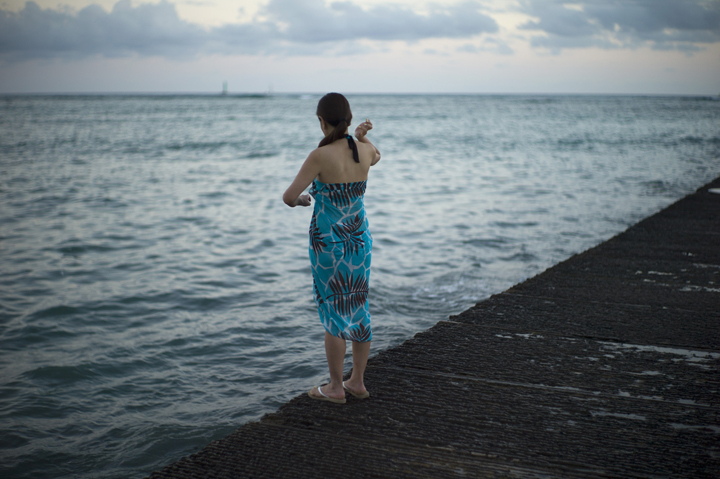
I’ll often wander Waikiki in the late afternoon as the tourists begin heading back to their hotels. As they roam around the sand seemingly astounded by the spectacular sunsets, most drop their guard and I’ll capture some interesting moments. As I made my way around a group of people, I noticed this woman wrapped in a damp sarong standing on a pier. I saw her in my peripheral and pushed my way towards her to capture the moment. I wasn’t sure why I was drawn to her other than I found her attractive and secluded from the hoards of people crowding the area to watch the sunset. I began talking out loud to myself noting the monotone colors, her curves, the horizon, and the bend of her arm as she brushed her wet hair from her shoulder. I fired off maybe six frames before the composition was disturbed by people walking through. It was only when I chimped the image on the back of my Leica did the professor’s words echo in my ears. I saw the “balance, space, negative and positive, and weight of my lines.”
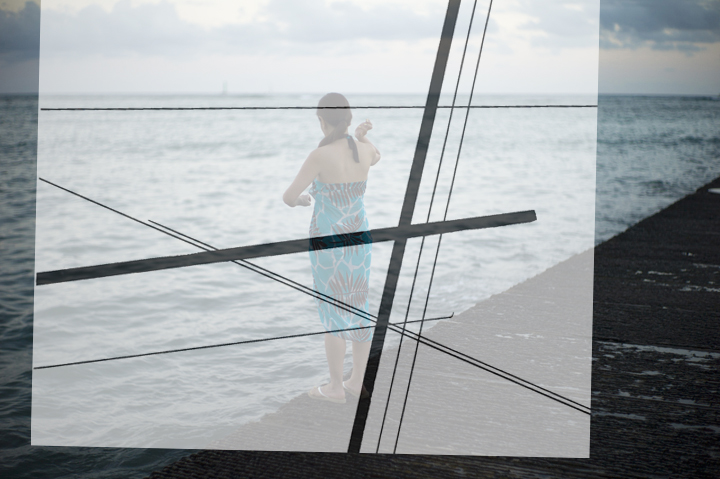
Once I got home, I searched for that ink drawing that I’ve kept with me all these years. I was astounded to see how my experienced camera eye had now been able to see, almost naturally, what I drew so long ago, but couldn’t quite comprehend.
I’ve never professed to be an artist. I’ve often said I xerox what’s in front of me. Nothing more…just pressing the copy button instead of the shutter button. Yet I’m happy to hear the professor’s words echo in my head when I do push it. Those words make me realize I might be more of an artist than I think.
